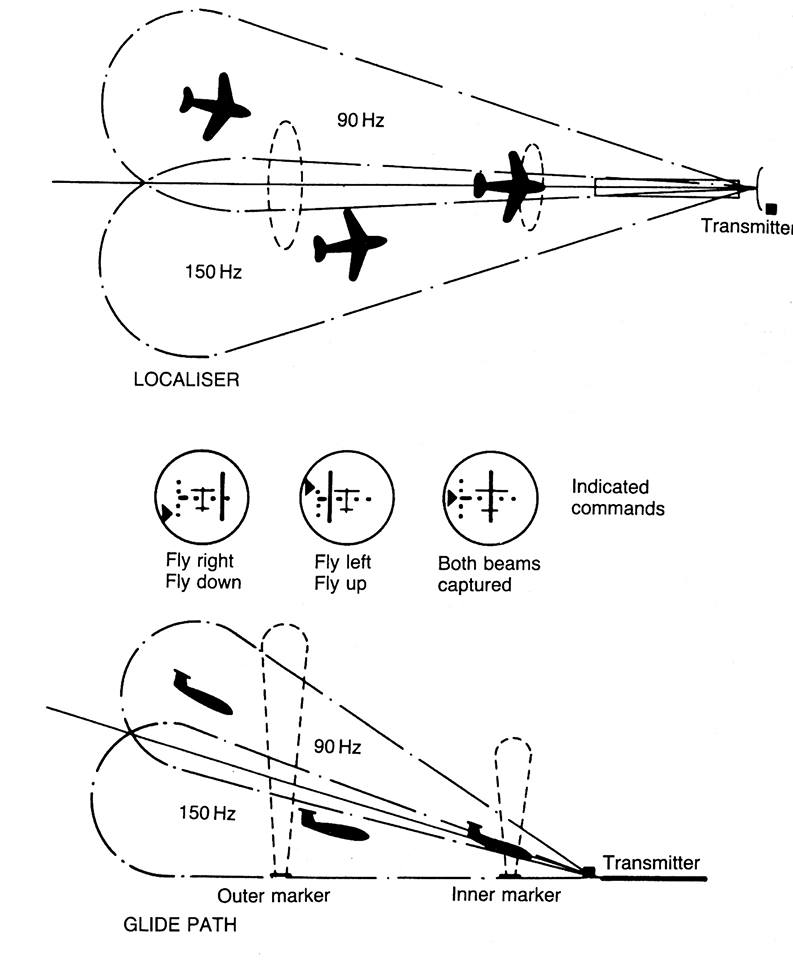


It's mainly to do with the size of the aircraft relative to the ILS signal. When we get to type-specific localiser sensitive areas, with ATC tool support, one could see this procedure being used, though it would require a great deal of assurance work. The difficulty is in determining the capability of the equipment on the aircraft in order to permit this. In ATC we give larger spacing during LVO's because of the possibility of disruption of localiser/glidepath but I do remember once being told by a very senior BA captain that these distances could be greatly reduced and best leave it to aircrafts sensors to decide on go-around rather than sending aircraft round due to less than required spacing!Modern autoland systems are very good at ignoring transient fluctuations, so in many ways there is merit in this approach (pardon the pun). He then gave me and the other two board members a lecture on how he thought it would!! I got the ATCA post and went on to do my ATCO cadetship and now all these years later have never heard another thing about this!!

One of the board members, who was an engineer, asked me if I thought a helicopter flying an ILS would disrupt the localiser with its rotor blades! I bumbled something like it would have to be very close to the localiser aerial for this to happen. This takes me back to my CAA ATCA interview at Manchester Airport back in 1981. The VFR aircraft will not be on the approach path of the IFR one but.The VFR aircraft makes any interefence on the ILS signal to the IFR one? does the signal get weak? unreliable? hope to be clear on the examples and questions, my english is a little rusty. The chart waypoint at 10NM out states the aircraft must have 3700 feet and here is the big one. The signal will be unreliable for the second aircraft? or lets put another scenery where in VMC one IFR aircraft is on the ILS with 5100 feet,15NM from touchdown and a VFR aircraft is crossing from left to right with 2000 feet 5 miles ahead. In procedural control one aircraft may approach at any one time, But let´s suppose an airport in VMC conditions where the aircrafts are in visual contact by the TWR but they still doing the ILS procedure.

What about the interference of the ILS signal? This signal will reflect on the first plane and this will interfere to the second one and give him untrusted or unreliable readings? I Know vectoring to the LOC can be done in Radar Control airspaces and the minimums can be reduced in sequence, but the real question goes beyond that. Talking to one of my parters both of us got in the question about Multiple aircraft stablished on the ILS.


 0 kommentar(er)
0 kommentar(er)
